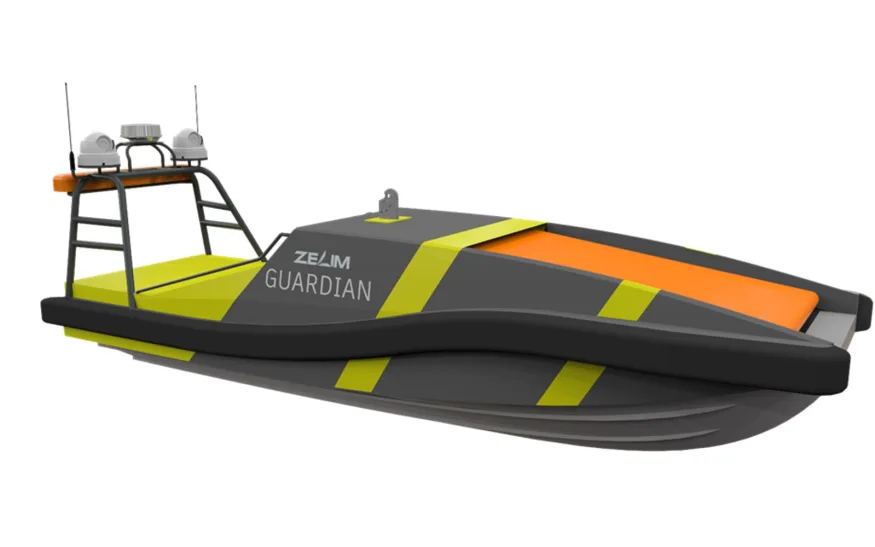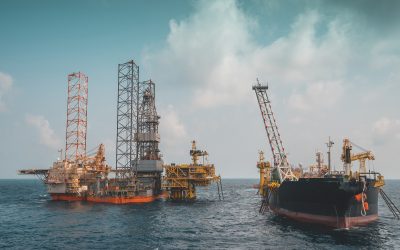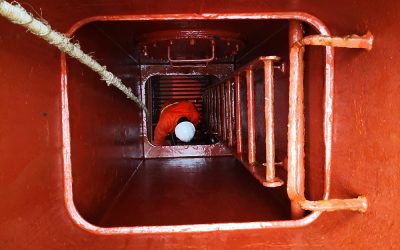Zelim’s remote-controlled, autonomy-capable and AI-enhanced Guardian craft could enable instantaneous, effective casualty recovery at offshore wind turbine arrays, even in rough weather
First was Survivor1: a remote-control rescue craft concept, designed to swing into action in the event of a casualty at deepwater offshore wind turbine sites. Developed by SAR services provider Zelim in cooperation with naval architect Seaspeed, builder Manor Marine and designer Chartwell Marine, the original plan was for Survivor-class units to be affixed to wind turbines and ‘dropped’, from a height of 25m, into the water to rescue any technicians who may have fallen off turbines or overboard (see Ship & Boat International November/December 2021, page 36).
Now, however, Zelim has refined the Survivor blueprint to develop the Guardian class – a similar but slightly more compact model, which, instead of being directly deployed from the turbines, would be launched from an on-site mothership or SOV.
“We’ve taken the length down from 10.5m to 8.5m,”
explains Andy Tipping, head of communications at Zelim. The Guardian class will also feature the onboard capacity for two crew members (if required), nine survivors and one stretcher. Alternatively, if operating in uncrewed mode, the craft can accommodate 11 survivors and a stretcher.
“We plan to bring the Guardians online in 2024,”
Tipping adds. The debutante in the new class has been under build at Coastal Workboats in Devon, UK since January this year, following the successful completion of prototype trials at Race Bank Wind Farm, off the coast of Grimsby, in May 2022. These trials were attended by representatives of the UK Maritime & Coastguard Agency, the US Coast Guard and the Royal National Lifeboat Institution – their presence reflecting the genuine interest that the Guardian’s technology has captured in the marine sector – and involved the prototype Guardian being used to collect a number of drifting mannequins from the wind farm’s surrounding waters, in a simulation of a mass-casualty event.
SARBox sightings
The Guardian relies on an Alamarin-Jet AJ275 waterjet, driven by a SOLAS-rated Bukh VGT400 engine, enabling a fairly swift transit speed of 35-37knots. The pilot would remotely control the Guardian from the mothership, using 4G to maintain connectivity, or flicking between 4G and the best available radio frequency: “we’ve built layers of redundancy into this”, says Tipping. The Guardian has been designed for a line-of-sight range of 15nm and six hours’ endurance, and is capable of operations in sea state 6 conditions.
The concept incorporates two key tech features to simplify effective, prompt and safe man overboard (MOB) casualty recovery. The first is the use of Zelim’s SARBox casualty detection package – an AI-based system designed to detect and track multiple human casualties in the water, even in the most treacherous of weather conditions.
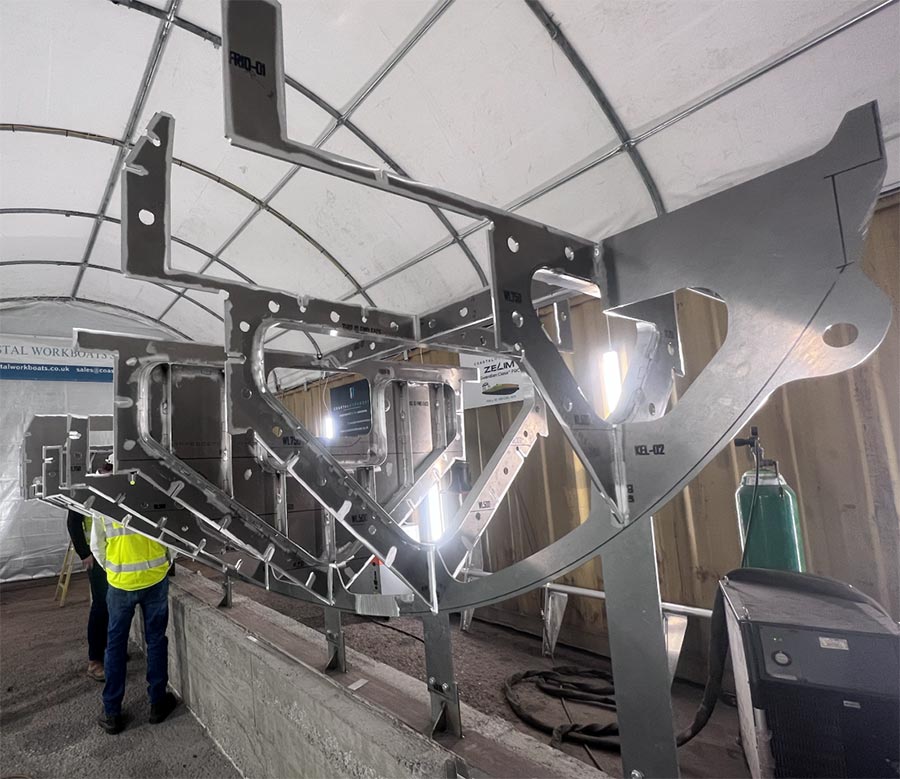
The remote-control rescue vessel is under build at Coastal Workboats in Devon, UK
“SARBox enables the remote pilot to see six times further than the human eye in low-light conditions,” Tipping explains. The system offers both daylight and thermal-imaging camera detection modes, and uses inputted and remotely gathered data sets to distinguish between a human and, say, a seal or a buoy. The system overlays the video feed with ‘squares’, enabling rescuers to hone in on the exact location of casualties in real time. Similarly, these squares can correctly identify other small boats, marine mammals or floating objects, for the rescuers to work around and/or avoid.
This is important, Tipping underlines, as the sea is “an ever-changing landscape”, where MOB casualties are likely to drift significant distances in a shockingly small space of time. By providing a real-time fix on the casualty, rather than relying on the last recorded EPIRB point, rescuers should avoid wasting precious time circling the Guardian at the site of the incident and attempting to reestablish visual contact with the MOB.
Whisked on board
The Guardian’s second piece of unique kit is the Swift Rescue Conveyor, as also featured on the previous Survivor class, which can enable the recovery of casualties within 10 seconds in some scenarios. Similar to an upwards-moving and step-free travelator, the conveyor carries the casualty upwards and diagonally onto the Guardian, without the need to physically climb on board.
This is especially crucial given that some casualties may have sustained physical injury, lost consciousness or be suffering the onset of hypothermia. The Race Bank trials saw the Swift Rescue Conveyor ‘load up’ the Guardian with mannequins in the face of 40knot wind speeds and significant wave heights of 3m.
As Sam Mayall, Zelim CEO, put it shortly after that demo: “The sooner you can get someone out of the water the better; the difference between 30 seconds and five minutes could be life or death.” As a literal on-site ‘guardian’ for wind turbine technicians and supporting personnel, this uncrewed craft could fill a vital role in boosting worker confidence and preventing injuries, or even fatalities, that might be more likely to occur when waiting for a SAR craft to arrive from shore, as opposed to from an SOV stationed 100m away.
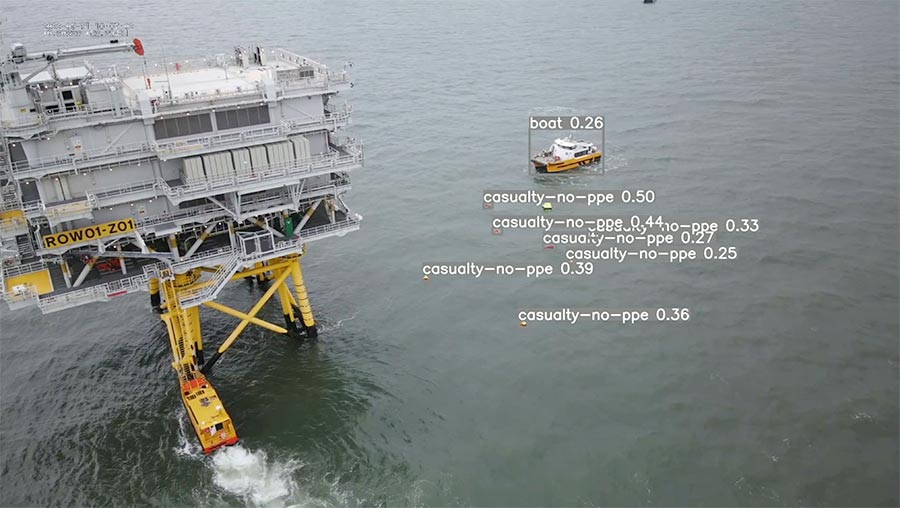
The Guardian’s AI-enhanced SARBox system can distinguish between objects in the water, to speed up casualty recovery times
And, looking beyond remote-control ops, the Guardian could also prove a good fit for autonomous missions. Just as Ship & Boat International was going to press in late April, Zelim confirmed that it had selected Boston-based robotics specialist Sea Machines to provide its SM300 autonomous solution to the SAR craft. Zelim explains: “The SM300 software provides the ability to autonomously execute transit routes and broad area search patterns, as well as manually operate the craft with real-time teleoperation.”
